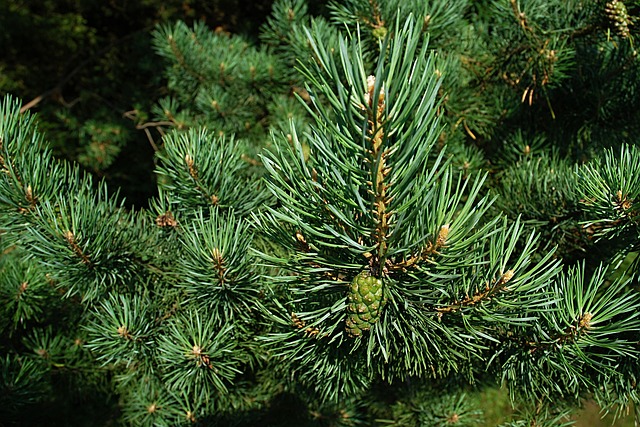
In a land blessed with diverse climates and rich biodiversity, evergreen trees in Pakistan play a vital role in sustaining the environment, beautifying landscapes, and supporting wildlife. Unlike deciduous trees that shed their leaves seasonally, evergreen trees retain their lush foliage throughout the year, offering uninterrupted shade, greenery, and ecological value.
Whether you’re looking to create a low-maintenance garden, reduce urban heat, or improve air quality, evergreen trees are a reliable, lasting choice. Let’s explore the most popular evergreen trees in Pakistan and understand why they deserve a spot in your landscape.
Table of Contents
ToggleWhat Are Evergreen Trees?
Evergreen trees are plants that retain their leaves throughout the year, regardless of season. Unlike deciduous trees, which shed their leaves in autumn or during dry spells, evergreen trees maintain a consistent green canopy—offering beauty, shade, and foliage even in winter.
In Pakistan, evergreen trees are especially valued for their ability to withstand hot summers, pollution, and varying climates while keeping gardens, streets, and landscapes lush year-round. Whether used for shade, privacy, or ornamentation, these trees are a smart and sustainable choice for both home gardens and public spaces.
Why Evergreen Trees Matter
Evergreen trees are much more than just beautiful green companions. Here’s why they’re important in Pakistan’s environment and culture:
- Year-round beauty – They maintain their foliage in all seasons, keeping landscapes lush and vibrant.
- Air purification – By absorbing pollutants, they improve air quality and combat urban smog.
- Shade and cooling – Their consistent canopy helps reduce temperatures and block harmful UV rays.
- Wind and noise barriers – Tall evergreens serve as natural screens and windbreaks.
- Soil stabilization – Their roots prevent erosion, especially in hilly and dry areas.
Best Evergreen Trees in Pakistan
Neem Tree (Azadirachta indica) – The Healing Evergreen

Best For: Homes, schools, hospitals, streets
Climate Suitability: Hot and dry regions
A native favorite, the Neem tree is valued not only for its evergreen foliage but also for its powerful medicinal properties. Its dense canopy offers reliable shade, and the leaves, bark, and seeds are used in traditional remedies.
🌿 Bonus: Neem acts as a natural pesticide and mosquito repellent, making it perfect for residential areas.
Alstonia (Alstonia scholaris) – The Devil’s Tree with Divine Benefits
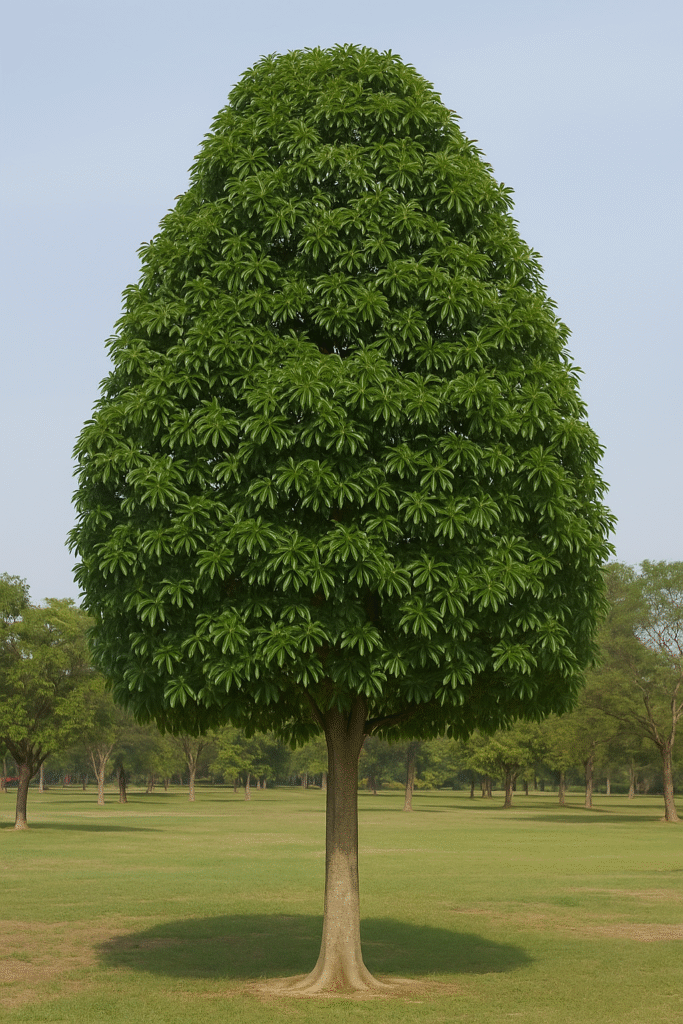
Best For: Avenues, gardens, educational institutions
Climate Suitability: Moderate to warm climates
Alstonia is a tall, fast-growing evergreen tree with a symmetrical shape. Often used in urban planning, it remains lush throughout the year and gives off a sweet fragrance during the flowering season.
🌼 Fun Fact: Despite its nickname “Devil’s Tree,” it’s harmless and widely planted for beautification and air purification.
Pine Tree (Pinus species) – The Highland Evergreen

Best For: Northern hill stations, cooler regions
Climate Suitability: Cold to temperate climates
Found in the scenic regions of Murree, Swat, and Abbottabad, pine trees dominate Pakistan’s highlands. They are tall, majestic, and aromatic, with needle-like leaves that remain intact year-round.
🌲 Use Case: Excellent for eco-tourism areas and reforestation in mountainous terrain.
Ficus Tree (Ficus benjamina & Ficus religiosa) – Versatile and Reliable

Best For: Urban landscaping, courtyards, shrines
Climate Suitability: Warm and humid regions
Both Peepal (Ficus religiosa) and Weeping Fig (Ficus benjamina) are evergreen species widely grown across Pakistan. They are revered in religious traditions and prized for their large canopy and air-purifying qualities.
🌳 Tip: Ficus trees require space to spread, so plant them where their roots won’t interfere with walls or pipes.
Buttonwood (Conocarpus erectus) – The Urban Evergreen
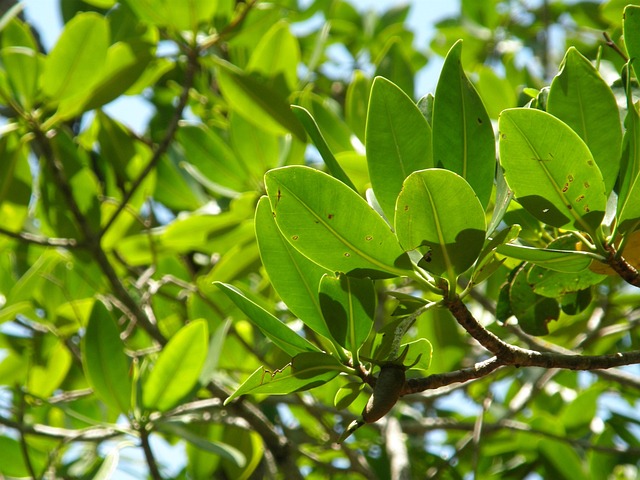
Best For: Coastal cities, roadsides, industrial zones
Climate Suitability: Hot and coastal regions
Green buttonwood has gained popularity in urban developments, especially in Karachi. This fast-growing, drought-tolerant evergreen tree provides consistent greenery and is effective in reducing noise and dust pollution.
🌞 Caution: It should not be planted too close to sewerage lines due to its aggressive root system.
Bottlebrush Tree (Callistemon citrinus) – Evergreen with a Floral Touch
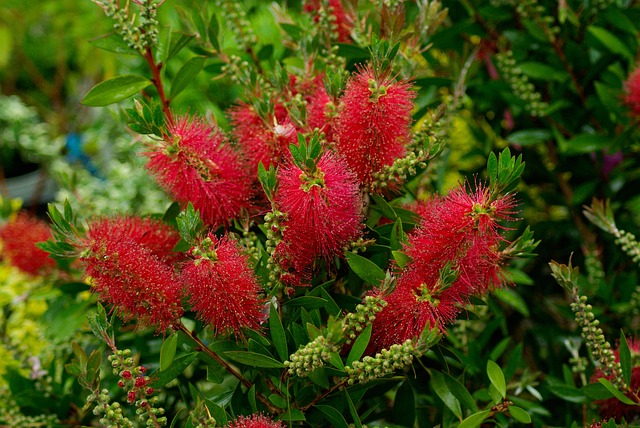
Best For: Gardens, parks, avenues
Climate Suitability: Mild to warm climates
With bright red brush-like flowers and glossy green leaves, the Bottlebrush tree is a flowering evergreen that adds color and cheer throughout the year. It’s easy to maintain and attracts birds and pollinators.
🌸 Bonus: Its evergreen nature and decorative flowers make it perfect for ornamental landscaping.
Kachnar Tree (Bauhinia variegata) – Subtle Beauty in Evergreen Form
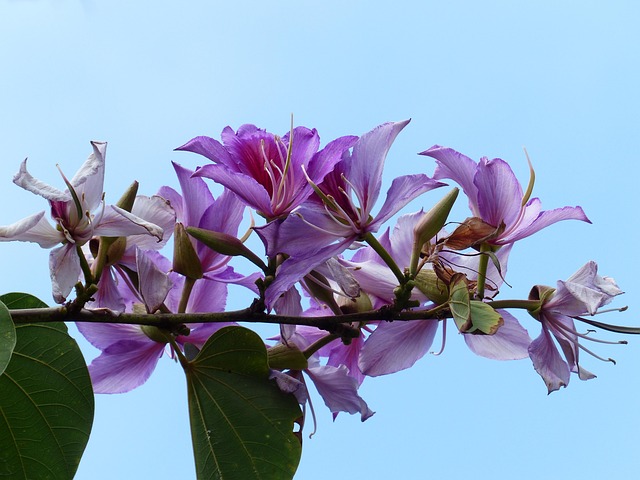
Best For: Gardens, roadsides, parks
Climate Suitability: Mild to warm climates
Although semi-evergreen in colder regions, Kachnar maintains its leaves in most parts of Pakistan. It produces delicate pink, white, or purple flowers, adding seasonal charm while keeping the landscape green.
🌺 Good to Know: Also used in traditional cuisine – the flower buds are edible!
Loquat Tree (Eriobotrya japonica) – Fruit and Foliage All Year
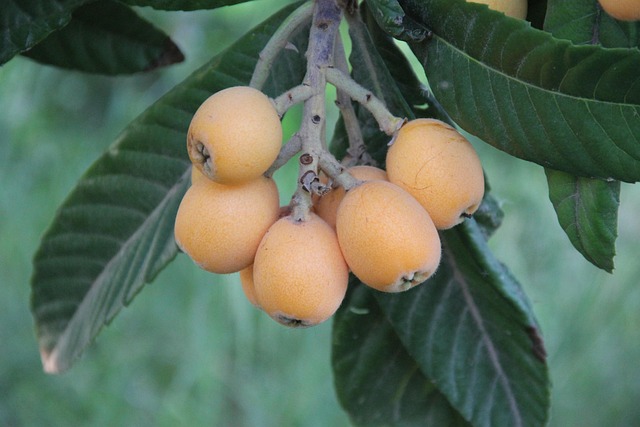
Best For: Home gardens, orchards
Climate Suitability: Subtropical to mild temperate
Loquat trees are evergreen fruit trees that provide tasty yellow-orange fruit in spring. Their thick, dark green leaves stay lush all year, making them an excellent dual-purpose tree for shade and food.
Tip: Needs occasional pruning and good sunlight for better fruit yield.
Ulta Ashoka Tree (Polyalthia longifolia) – The Column of Green
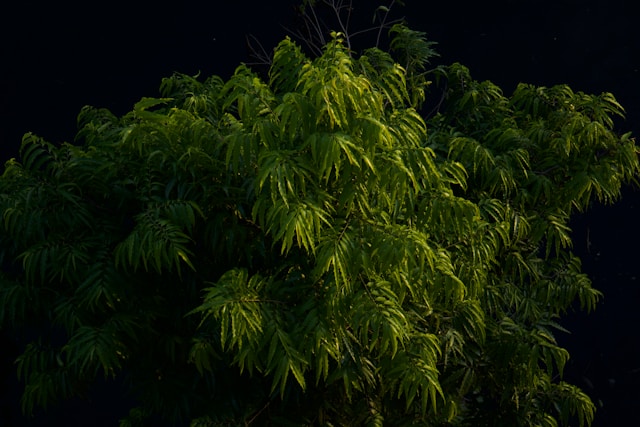
Best For: Narrow spaces, fences, formal gardens
Climate Suitability: Warm and humid climates
Ashoka is a popular evergreen tree used in gardens and along boundaries. Its tall, narrow shape makes it perfect for tight spaces. The tree is also low-maintenance and grows without much fuss.
🌿 Landscaping Use: Often used as a living privacy wall.
Indian Laurel (Ficus microcarpa) – The Glossy Evergreen
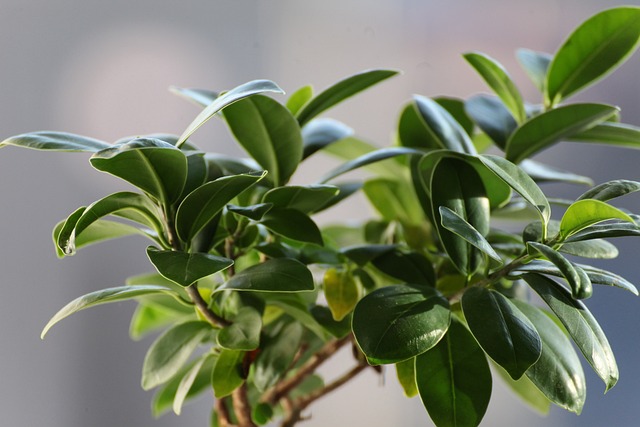
Best For: Urban gardens, avenues, and courtyards
Climate Suitability: Hot and semi-arid zones
Indian Laurel, scientifically known as Ficus microcarpa, is a hardy evergreen tree with a dense canopy and glossy green leaves. It thrives in Pakistan’s warm regions and is widely used in landscaping, parks, and home gardens for its shade and air-purifying qualities. Its strong adaptability and minimal maintenance needs make it a favorite in cities.
🌿 Note: Excellent for pruning into hedges or topiary; ideal for year-round greenery.
Benefits of Evergreen Trees in Urban and Rural Pakistan
- Cleaner Air – Absorbing dust, pollutants, and CO₂
- Reduced Urban Heat – Shading pavements and homes
- Improved Biodiversity – Sheltering birds, insects, and small mammals
- Year-Round Privacy – Perfect for boundary hedging
- Energy Efficiency – Naturally cool homes, reducing AC use
How to Care for Evergreen Trees
Evergreen trees are generally low-maintenance, but proper care ensures they stay healthy, vibrant, and beautiful throughout the year. Here are some essential tips:
🌱 1. Water Regularly (But Don’t Overwater):
Newly planted evergreen trees need consistent watering during their first year. Once established, most can tolerate dry spells. Water deeply but allow the soil to dry slightly between watering sessions.
🌞 2. Choose the Right Spot:
Plant in well-drained soil with good sunlight exposure—at least 6 hours of direct sunlight for most species. Avoid waterlogged or heavily shaded areas unless the tree type prefers shade.
🌿 3. Mulch Around the Base:
Apply a layer of organic mulch (2–3 inches thick) around the base to retain moisture, suppress weeds, and regulate soil temperature. Keep mulch a few inches away from the trunk.
✂️ 4. Prune Occasionally:
Trim dead or damaged branches in late winter or early spring. Light shaping can be done throughout the year, but avoid heavy pruning during summer heat.
🌾 5. Fertilize Annually (if needed):
Use a balanced, slow-release fertilizer in spring to promote healthy foliage and growth. Many evergreen species don’t need frequent feeding if planted in fertile soil.
🐛 6. Monitor for Pests and Diseases:
Inspect regularly for signs of fungal infections, scale insects, or mealybugs. Use neem oil or recommended treatments early to prevent serious damage.
Frequently Asked Questions About Evergreen Trees
Why Are Evergreen Trees Always Green?
Evergreen trees retain their foliage year-round because their leaves are adapted to withstand harsh conditions. They have thick, waxy coatings and small surface areas, which help reduce water loss and resist freezing temperatures—allowing them to stay green even in winter.
Why Do Evergreen Trees Stay Green All Year?
These trees shed their leaves gradually throughout the year, instead of all at once like deciduous trees. This slow leaf replacement cycle helps maintain a consistent green canopy in every season.
Why Do Evergreen Trees Keep Their Leaves in Winter?
The leaves of evergreen trees are tough and built to survive winter stress. Their waxy coatings and needle-like shapes reduce water evaporation and prevent frost damage—helping the tree conserve energy and stay photosynthetically active even in cold months.
How Do Evergreen Trees Survive Winter?
Evergreens go into a semi-dormant state during winter, slowing their growth and metabolic functions. Their thick leaves retain moisture and resist freezing, allowing them to endure low temperatures while remaining green.
When to Plant Evergreen Trees in Pakistan?
The best time to plant evergreen trees is during the early spring or autumn months, when temperatures are moderate. This gives the tree time to establish strong roots before the extreme heat of summer or cold of winter.
When to Trim Evergreen Trees?
Light trimming can be done year-round, but major pruning is best carried out in late winter to early spring, just before the growing season. Avoid heavy pruning during very hot or dry periods.
What to Do When Evergreen Trees Turn Brown?
Browning leaves can be caused by drought, overwatering, poor soil drainage, pests, or winter burn. Start by checking the watering routine and soil health. Remove any diseased branches, apply mulch, and ensure proper drainage. If browning continues, consult a local nursery or arborist.
How to Water Evergreen Trees?
Water evergreen trees deeply but infrequently. It’s better to soak the soil thoroughly so that water reaches the deep roots rather than watering lightly and often. For newly planted trees, water 2–3 times a week during the first few months. Once established, water once every 7–10 days, especially in dry or hot weather. Always check that the soil has dried slightly before the next watering to prevent overwatering and root rot.
💧 Tip: Use a slow-drip hose or water early in the morning to reduce evaporation and allow moisture to soak into the roots.
From the medicinal Neem to the majestic Pine and the decorative Ashoka, evergreen trees in Pakistan bring life, resilience, and beauty to every landscape. They are essential for cities battling pollution, for farmers seeking windbreaks, and for gardeners dreaming of green serenity all year long.
By planting even one evergreen tree, you contribute to a greener, healthier future for yourself and generations to come.
